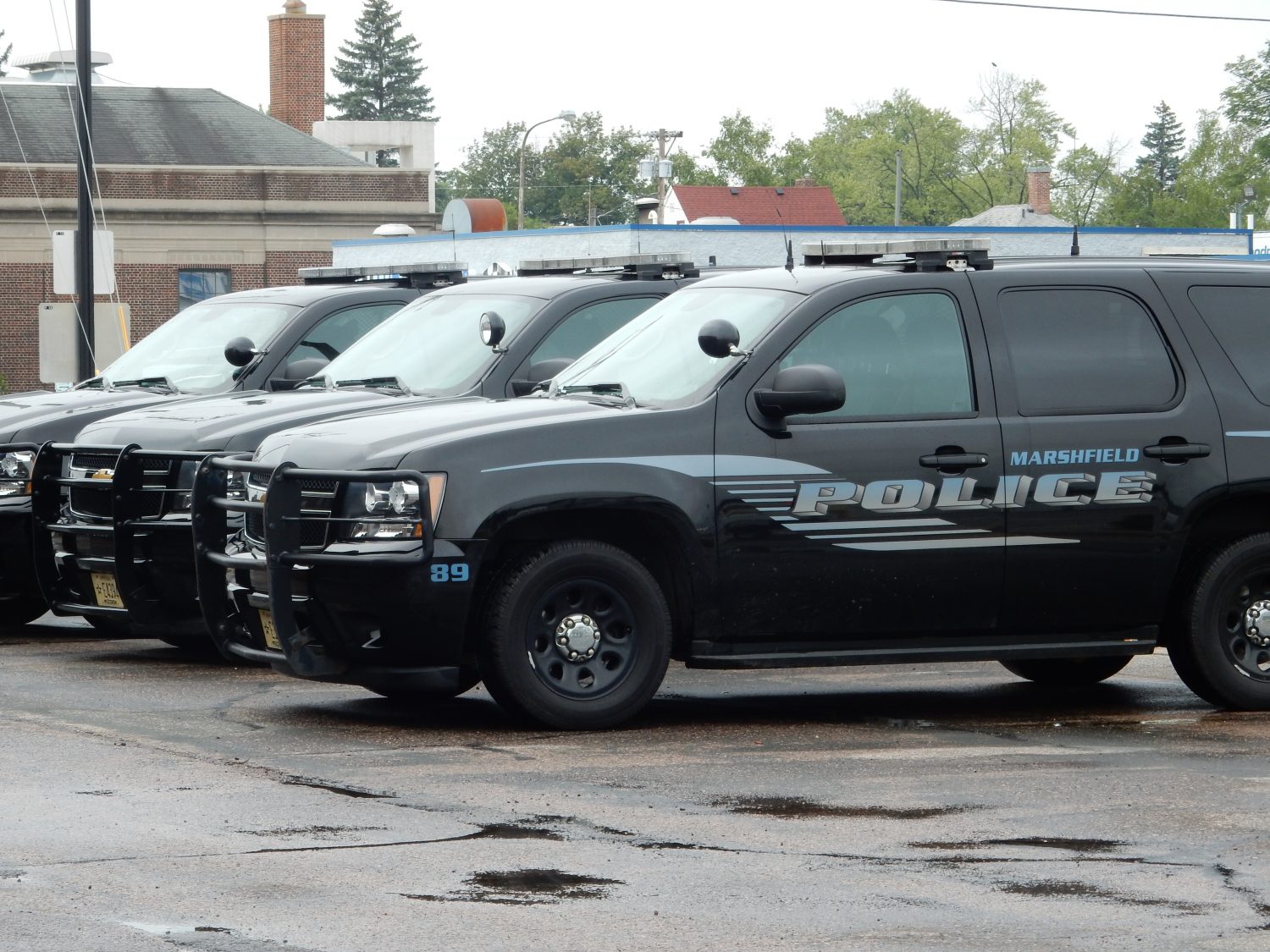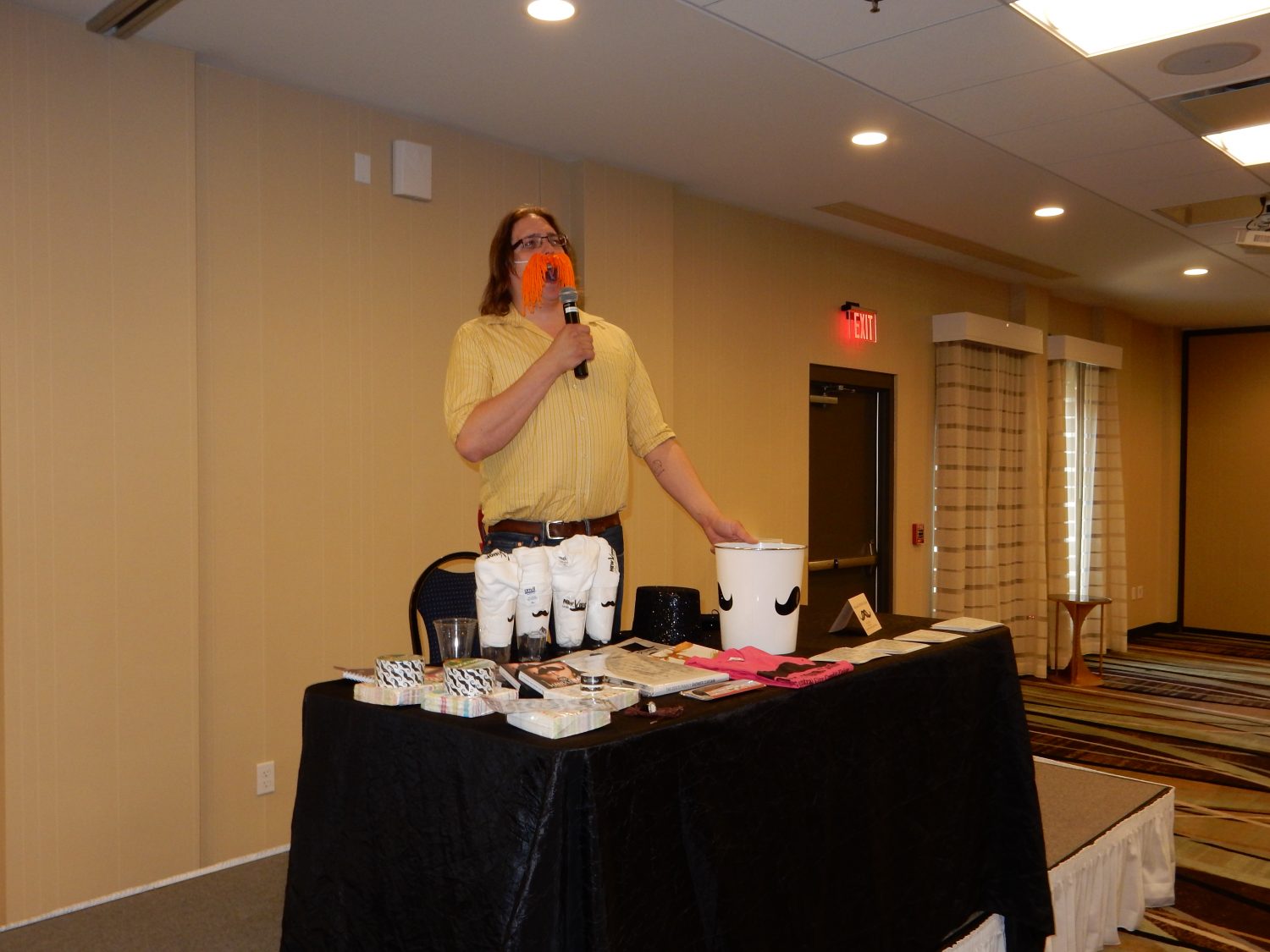Marshfield’s heroin problem: Part II

By Adam Hocking
Editor
This is the second installment in a three part series regarding the rising pervasiveness of heroin and prescription opiate abuse in the Marshfield community.
For this week’s article, Hub City Times spoke with Marshfield Police Chief Rick Gramza for perspective on the law enforcement aspect of heroin abuse in Marshfield.
MARSHFIELD — Since 2010 the Marshfield Police Department has seized 206.8 grams of heroin, worth about $124,000 in street value. That is more than double what 14 surrounding Central Wisconsin agencies, which are part of a multijurisdictional enforcement group, have seized combined. This information is according to an ad-hoc committee of the Marshfield Area Coalition for Youth (MACY) also referenced in Part I of this series.
According to the MACY report, from Jan. 1, 2010 to Sept. 17, 2013 the Marshfield Police Department made 18 felony arrests for possession with intent to sell or delivery of heroin, two arrests for homicide related to the death of a heroin victim, one arrest for attempted homicide related to heroin, and four arrests for misdemeanor heroin possession.
In 2013 Wood County had more heroin cases analyzed by the Wisconsin State Crime Lab than 80 percent of other Wisconsin counties.
The origin of the problem
The MACY report states that heroin use has doubled in Wisconsin since 2005, but determining why that has been the case is difficult.
Marshfield Police Chief Rick Gramza said that while every community has drug problems to a certain extent, Marshfield’s specific heroin problem could relate to the amount of opioid drugs available in the community via prescription.
Marshfield police have a prescription drug take-back program where residents can return their unused medicine so that it is not either abused or flushed down the toilet, which can impact the quality of groundwater. As part of this initiative, since 2006 Marshfield police have received an approximate street value of $717 million worth of prescription drugs that qualify as controlled substances.
“Right around that same time frame we started seeing some residential burglaries happen, and a lot of these residential burglaries were focused on medicine cabinets,” Gramza said.
He said that many prescription pain medications like Oxycontin and Vicodin produce similar highs to that which heroin provides.
“A lot of the Oxycontin, I mean it’s just a synthetic form of heroin. Well, when you can’t get the synthetic form you go towards the real form,” Gramza said. “Unfortunately heroin filled that void.”
Gramza added that it has been a challenge to determine if there are key individuals responsible for the largest quantities of heroin coming into Marshfield.
“There’s times when it seems like as soon as we arrest one person who was bringing in a volume of the heroin that two or three more come in to backfill that person,” Gramza said.
The plan for fighting back
The Marshfield Police Department recently wrote a Community Oriented Policing Services grant that allowed the department to bring on an additional drug investigator. Gramza hopes this will allow the department to focus more personnel on investigating not only the sale of heroin but also heroin-related homicides.
He said that identifying Marshfield’s big suppliers of heroin is a key strategy for the department.
“I mean we want to always get the individual who is damaging more individuals. If we can get to the dealer and get to the dealer’s dealer and then keep going up the food chain, that way there’s a hope that, OK, we may only get this small fraction of it, but we got this small fraction up five different levels rather than getting all the users and not getting a lot of the suppliers,” Gramza said.
Gramza cited the support of the community as a reason for hope in combating heroin’s spread in Marshfield. The formation of the ad-hoc committee and the support of the City Council, which recently agreed to look at allocating $50,000 toward a heroin prevention campaign in 2015, are two major steps for Marshfield in fighting the heroin issue.
“Marshfield’s not unique in the fact that we have a problem. I think we’re just unique in that we’re trying to do whatever we can to fight the problem,” Gramza said.
The prevention campaign would allocate funds toward public education through billboards, social media, mailings, and presentations to the community about the dangers of heroin to raise awareness about the problem and its consequences. Gramza said he believes the campaign can be effective if it is well executed and willing to change based on what is working and what is not.
He added that fighting heroin will be a long process.
“It’s going to be a battle I think for a while,” Gramza said. “I would love to say that by the end of 2016 that we will no longer have a heroin problem in town. Maybe it will be better. Maybe we’ll make a dent in it, but I don’t think there’s a magic answer for eradicating (heroin).”
Next week’s article will conclude this three part series on heroin use in Marshfield, and it will focus on the personal side of this issue as Hub City Times interviews Jim and Lisa Hoese, whose son Mark died as a result of a heroin overdose.
Leave a reply
You must be logged in to post a comment.






